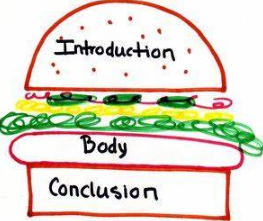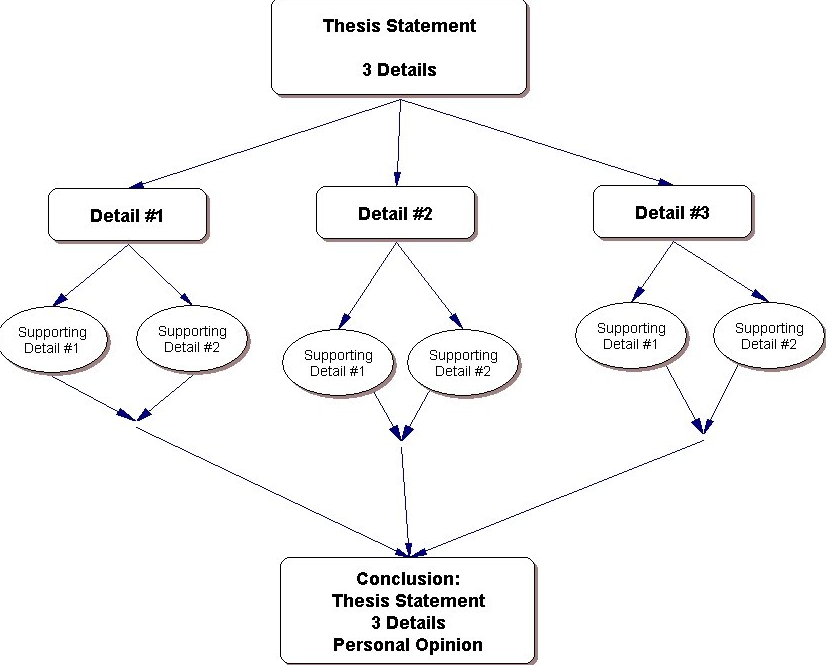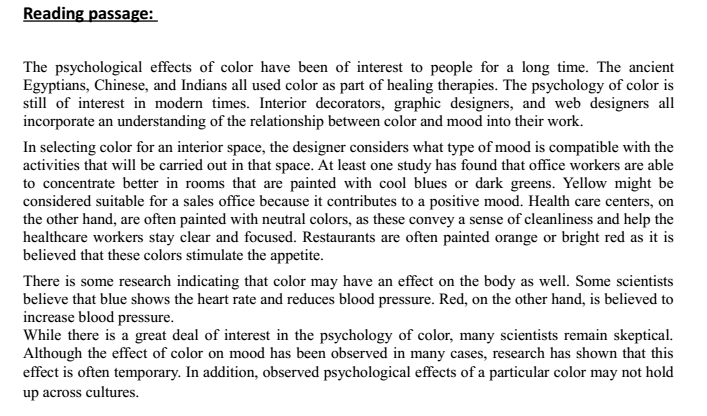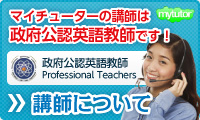▮ 文章の構成 (Organization)とは
TOEFL ライティング総合問題(Integrated Task)では、
パッセージを読んだ後、レクチャーを約2分聴いた後で、
レクチャーの内容を要約することと、それがどうのようにパッセージの内容と
関連しているか(多くは異なる観点)をライティングで表現するテストです。

とはいえ、最終的な採点のポイントは、文章(エッセイ)の構成力です。
文章の構成(Organization)とは、
① Introduction (序論)
② Body (本論)
③ Conclusion (結論)を言います。
ここではTOEFL ライティング総合問題(Integrated) における、
高得点を取るための構成ついて示してみます。
▮ ①Introduction (序論)
Introduction とは、エッセイの書き出し段落です。
Introductionで最も重要な部分は、thesis statement (主文)となります。
読み手が、thesis statementを読んで、エッセイのアウトラインが
分かるようにしなければいけません。
先ず初めに、「メイン・トピック(パッセージとレクチャーが何について論じているか)は何か、
レクチャーの要約をリーディング・パッセージとの関連で述べていきます。
読み手にあなたのエッセイに関心を持ってもらうために、
明確で力強いIntroduction (序論)が必要です。
エッセイの冒頭部分次第で、読み手は内容を見ずに読む気を失うか、読み進めるかを決めるのです。
▮ ② Body (本論)

Body (本論)では、リーディング(パッセージ)とリスニング(レクチャー)
の具体的な概要を書きます。
Introduction (序論) でのエッセイのアウトラインであるthesis statement を
具体的な例を挙げながら、確固たるものにしていきます。
リスニング(レクチャー)視点での、(パッセージ、レクチャー)双方の
重要ポイントとと、それをサポートする主張を展開し、
thesis statementをより明確に正当化させていきます。
一般的に、パッセージは3つのメインポイントとそれを支える3つのアイディアから成り、
レクチャーでは、それらの主張に対し、反論していく展開をします。
レクチャーは、パッセージの主張を反論するために、具体的な例を挙げたり、
新たな考えを例を挙げて登場させます。
注意したいのは、エッセイに中で、決して自分の考えや、
パッセージ、レクチャーどちらかを支持するかのような自分の意見を書かないでください。
ライティングIntegrated は、あくまでも、リーディングとリスニングの内容を、
わかり易く明確に説明するエッセイが求められます。
ですから、パッセージとレクチャーが述べていない、
誇張した表現や、自分で想像したこともまた書くと減点されます。
③ Conclusion (結論)
Conclusion (結論)はエッセイの最後の文になります。
introduction (序論)で書いたエッセイのアウトラインthesis statementと、
それを具体的に証明したbody (本論)をベースに、まとめたものを、簡潔に書く最終文となります。

▮ TOEFLテスト形式で練習してみましょう
ここでは、実際のTOEFLテスト形式を使ってエッセイを書いてみましょう。
Question
Summarize the points made in the lecture, being sure to explain how they answer the specific problems presented in the reading passage
レクチャーの内容を要約することと、それがどのようにリーディングの内容と
関連しているかを述べよ。
解答時間 20分 150〜225 words
(これは目安であり、225語を超えても構いません)
★ 次のパッセージを3分で読んでください。 (メモを取っても構いません)

★ 続いて次のレクチャーをお聞きください (メモを取っても構いません) 約2分

★ それではエッセイを書いてください。 (パッセージを見ることができます)
Question
Summarize the points made in the lecture, being sure to explain how they answer the specific problems presented in the reading passage








